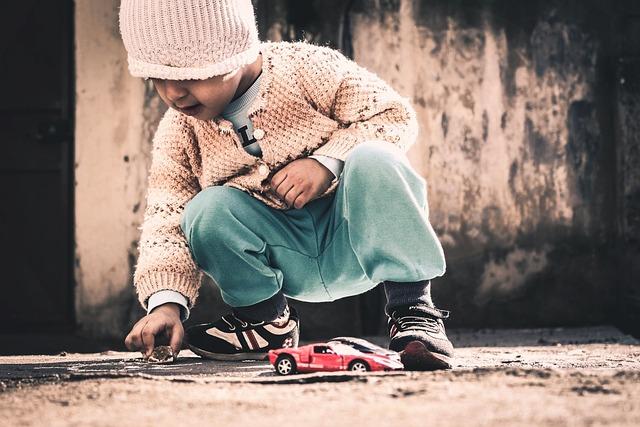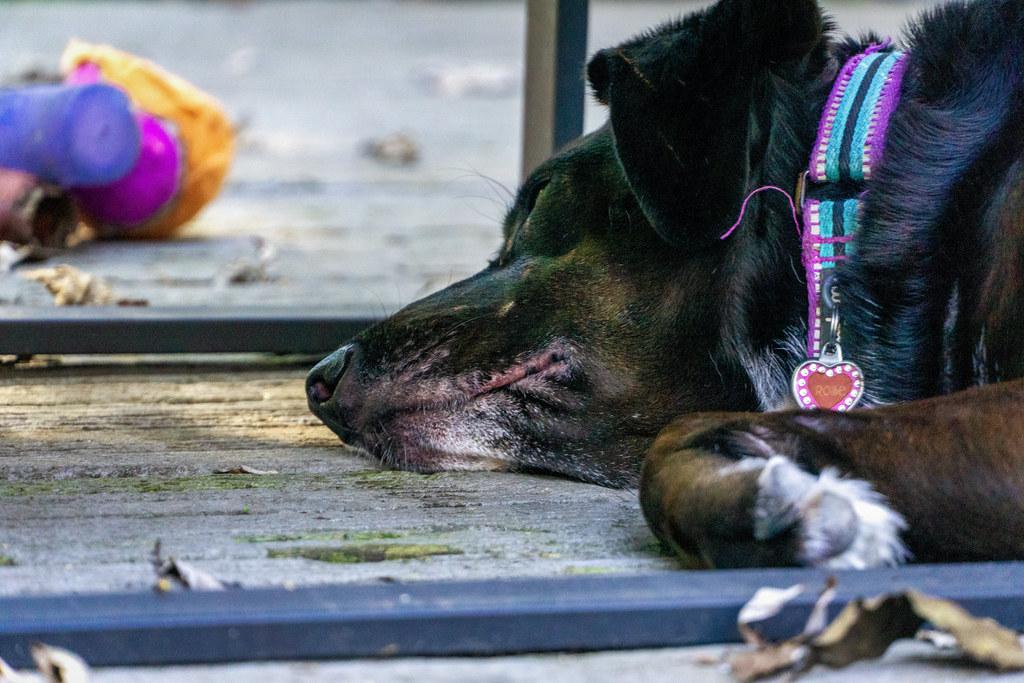In the bustling world of pet ownership, toys often serve as a bridge between humans and their furry companions, offering entertainment, mental stimulation, and a way to strengthen bonds. However, amidst the joy and playfulness that toys bring, there lies a lesser-known concern: the potential for toys to trigger territorial aggression in pets. This phenomenon, though not universally experienced, can perplex and worry pet owners who only wish the best for their beloved animals. In this article, we will explore the nuances of how toys can sometimes lead to unexpected aggressive behaviors, helping you to understand the underlying causes and offering guidance on how to manage and prevent such situations. By fostering a deeper awareness of your pet’s needs and responses, you can create a harmonious environment where playtime remains a source of joy for both you and your pet.
Understanding the Link Between Toys and Aggressive Behavior
Exploring the connection between toys and aggressive behavior can unveil fascinating insights into the way children interact with their playthings. Toys, often seen as mere objects of amusement, can sometimes inadvertently encourage certain behavioral patterns. For instance, action figures and toy weapons might lead to mimicry of aggressive actions observed in media, fostering an environment where territorial aggression could be perceived as normal. Additionally, competition over toys, especially those that are highly desired, can ignite territorial instincts among children, leading to conflicts and disputes.
- Imitative Play: Children often imitate behaviors they observe, and toys that depict aggression can inadvertently encourage similar actions.
- Resource Guarding: Just like in the animal kingdom, children may exhibit territorial behavior over toys they perceive as valuable.
- Social Learning: Group play with toys can sometimes escalate into territorial aggression if not guided properly.
By understanding these dynamics, parents and educators can better guide playtime interactions to ensure toys are a source of positive learning and joy, rather than conflict. Introducing collaborative toys and setting clear playtime rules can help mitigate these behaviors, promoting a harmonious play environment.
Identifying Signs of Territorial Aggression in Pets
Recognizing territorial aggression in pets is crucial to maintaining a harmonious household. Some common indicators include:
- Growling or hissing: If your pet begins to vocalize aggressively when others approach their toys, this could be a sign.
- Body language: Look for signs like stiff posture, raised fur, or a fixed stare directed at perceived intruders.
- Protective behavior: Your pet might stand over or lie on their toys to guard them.
It’s important to observe your pet’s reactions and patterns. Territorial aggression can often be managed with training and environmental adjustments, ensuring your furry friend feels secure without needing to defend their belongings fiercely.

Strategies for Reducing Toy-Related Conflicts
To minimize toy-related squabbles and foster a more harmonious play environment, it’s essential to implement thoughtful strategies. Rotating toys is a simple yet effective approach. By introducing a selection of toys on a rotating basis, you keep the play environment fresh and engaging, which can reduce possessiveness over specific items. Additionally, it encourages sharing as the novelty of toys is renewed regularly.
Creating a designated “sharing zone” can also be beneficial. This is a specific area where toys are understood to be communal. Clearly communicate and reinforce this concept with your children. Encouraging cooperative play, where children are motivated to work together towards a common goal, can further diminish territorial behavior. Activities such as building a fort or assembling a puzzle require teamwork and naturally promote sharing. Here are a few more tips to consider:
- Set clear rules about taking turns and ensure they are consistently followed.
- Model sharing behavior yourself; children often learn by observing adults.
- Offer praise and positive reinforcement when your child shares willingly.

Creating a Peaceful Play Environment for Your Pet
When setting up a serene area for your furry friend, it’s essential to consider how toys might influence their behavior. While toys can be a source of joy and stimulation, they can also sometimes trigger possessiveness or territorial instincts. To minimize any potential issues, consider the following:
- Variety of Toys: Offering a diverse range of toys can help reduce attachment to any single item. Rotate toys regularly to keep your pet engaged and less likely to become possessive.
- Safe Spaces: Ensure there are multiple safe zones where your pet can retreat if they feel overwhelmed. This helps them feel secure and less inclined to guard toys aggressively.
- Supervised Play: Especially in multi-pet households, supervise playtime to prevent disputes. Encourage sharing and reward calm behavior with treats or affection.
By thoughtfully selecting and managing toys, you can foster a calm and harmonious play environment that promotes your pet’s well-being.

